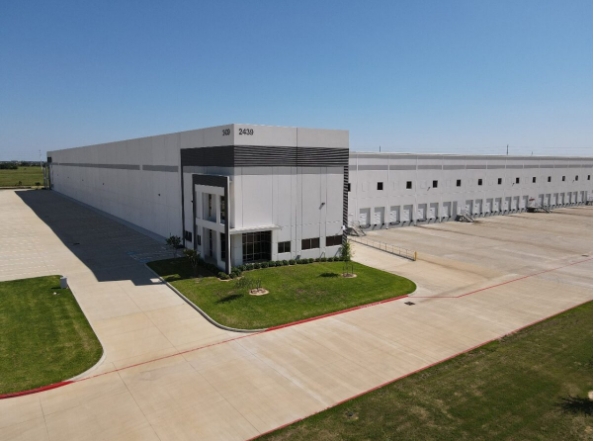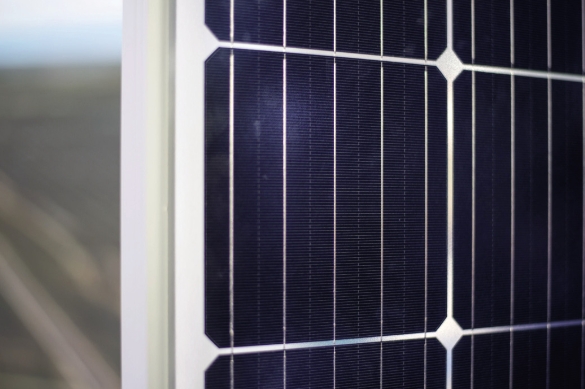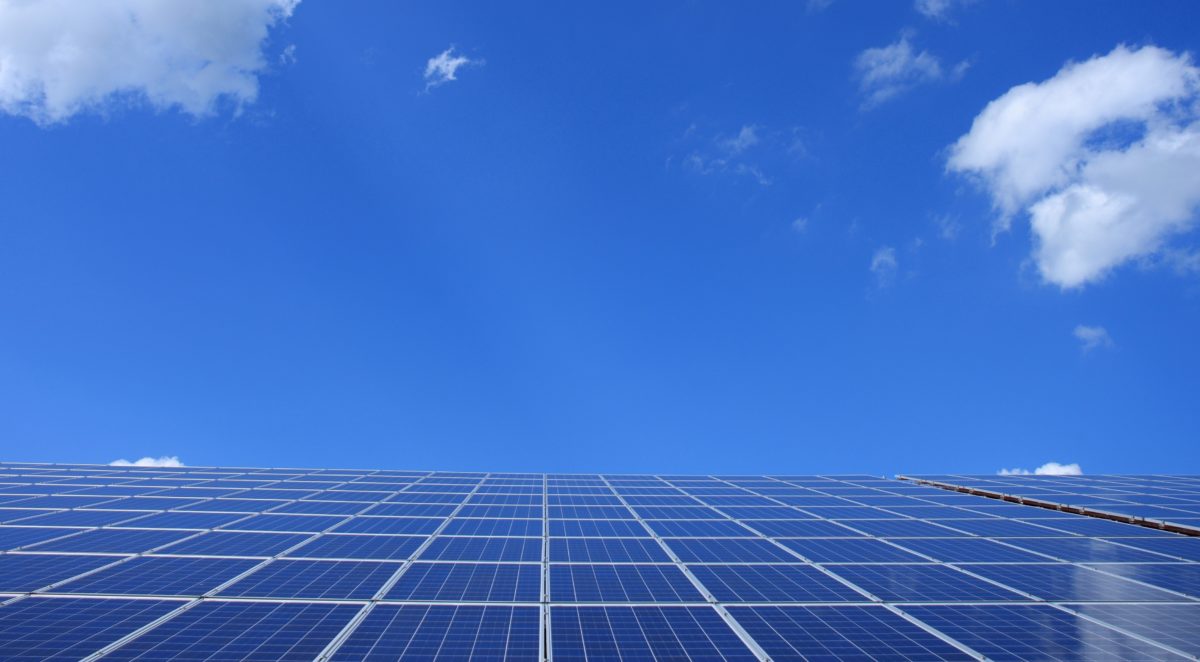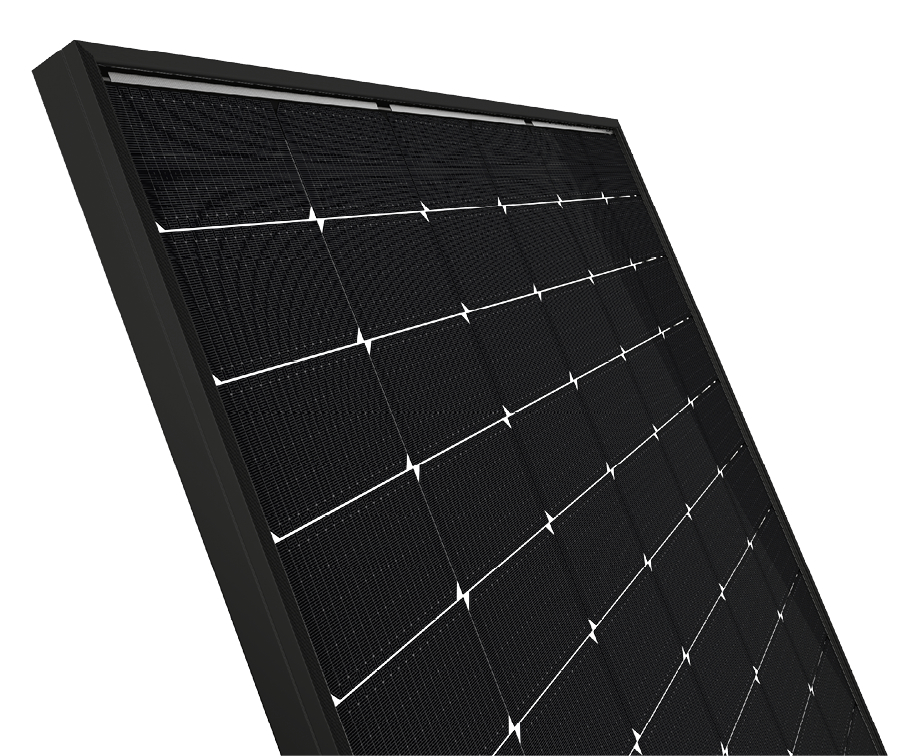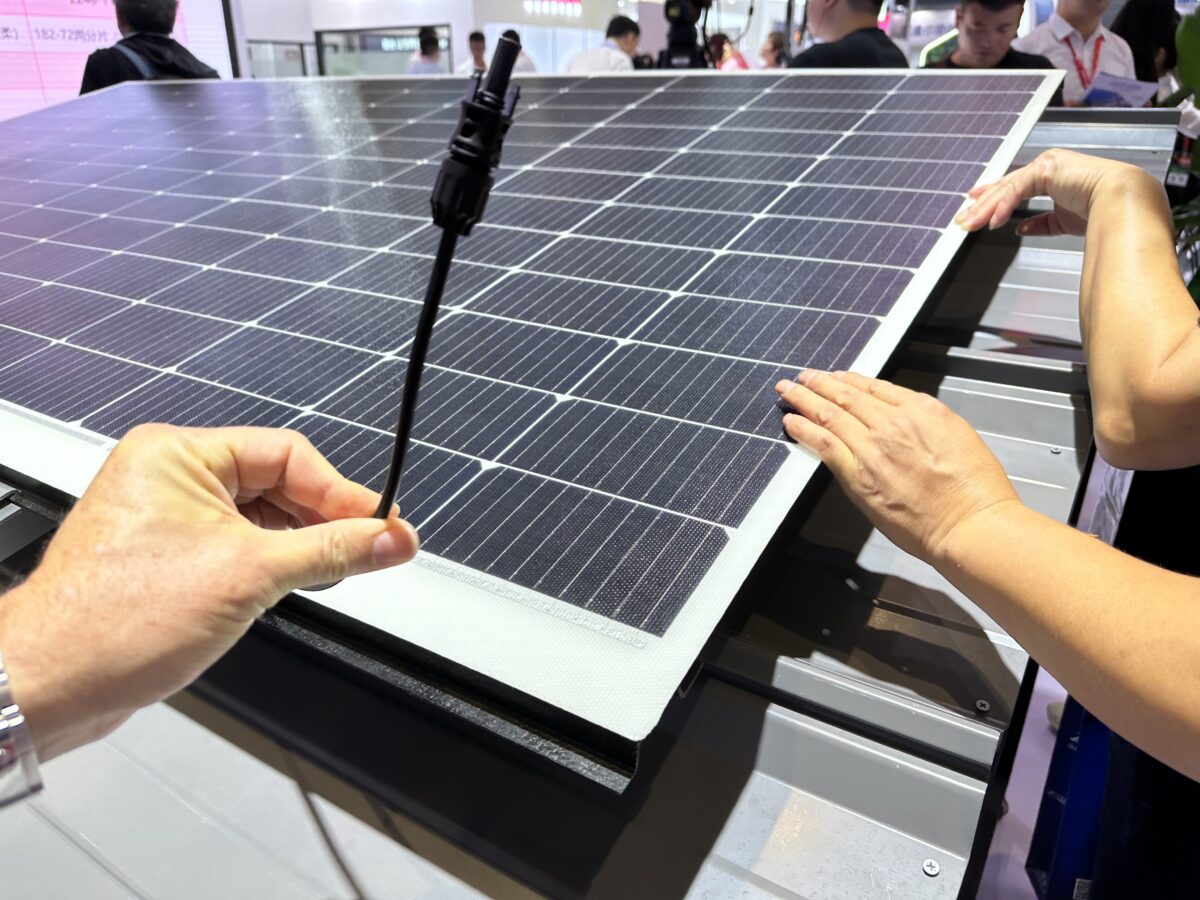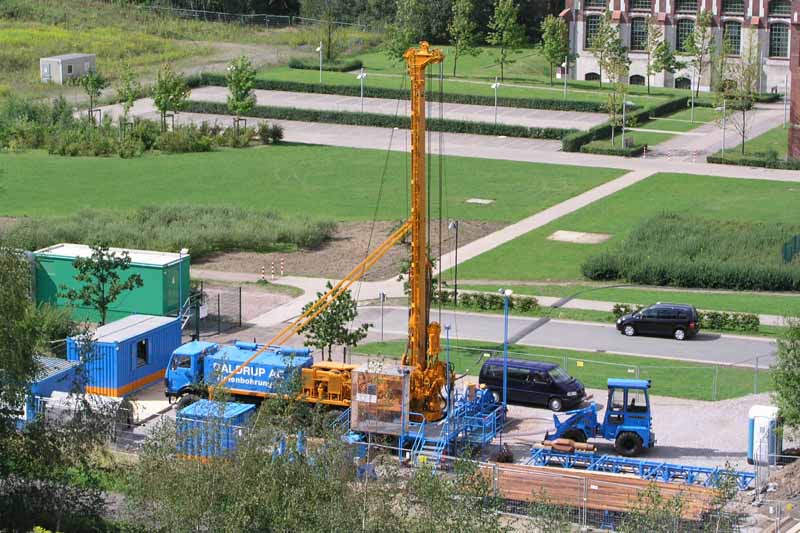 Drilling rig on site in Schwerin, Germany (source: Daldrup & Söhne AG)
Drilling rig on site in Schwerin, Germany (source: Daldrup & Söhne AG)
With funding from the European Regional Development fund of the EU, the city of Schwerin in Germany is developing a geothermal district heating system that would cut back on heating related CO2 emissions.
In an article shared by the European Commission in the context of regional and urban development, the geothermal district heating efforts of the city of Schwerin in Germany are highlighted.
The city is currently drilling for a project that plans to fuel its district heating system with geothermal energy. Drilling started in 2018, as we reported and first heating could get into the system as early as this year. The project is receiving EU-funding.
The district heating system of the capital of German region of Mecklenburg-Vorpommern is already well established. The new geothermal unit, which will be one of the largest such facilities in the region, will hook up to this existing system. Designed to cover some 10 % of Schwerin’s heating needs, it is a key component of the city’s bid to achieve carbon neutrality by 2050.
Dipping into a vast reservoir of warm water — or, more specifically, brine – under the surface of the Earth will not only enable Schwerin to curb its carbon emissions. It will also reduce the district heating system’s reliance on natural gas, and consequently its exposure to fluctuations in the price of this largely imported resource.
Drilling for geothermal brine
Schwerin’s geothermal facility involves two wells. One of these will bring the brine up to the surface, while the other will reinject the liquid into the rock layer after processing.
The brine, which will be piped up from a depth of about 1 250 m, will flow in at a temperature of approximately 50 degrees C and be returned underground some 30 degrees C cooler. This differential will be harnessed for the district heating system using a combination of heat exchangers and heat pumps.
The temperature of the water piped towards the homes covered by the district heating system ranges from 80 degrees C to 130 degrees C depending on the demand and the season. On its way back from these buildings, the water in the loop still has a residual warmth of about 55 degrees C, which the heat supplied by the brine will raise to some 80 degrees C. Further energy is contributed by a cogeneration plant, where the water is brought to the required temperature in a second step.
Reliable and renewable
Geothermal brine is an abundant, renewable resource that is available all day, every day regardless of the weather. Added to the 5 % already sourced from biogas, the output of the new geothermal unit will significantly increase the share of renewables in the energy mix powering Schwerin’s district heating system.
The project is led by energy producer EVSE (Energieversorgung Schwerin GmbH & Co. Erzeugung KG), one of the entities that compose Schwerin’s group of municipal utility companies. Updates on the project’s advancement were provided in June 2018 by René Tilsen, the managing director of EVSE subsidiary BioE, who expected construction of the production well to begin during the third quarter of the year.
“The borehole for the injection well is due to be drilled in 2019,” he said, “and we assume that the facility will become operational in 2020.” To boost the unit’s capacity and reduce the system’s emissions even further, more wells could potentially be added at a later stage, the project’s promoters note.
Total investment for the project “Geothermic use of existing thermic brine for distant heating in Schwerin” is EUR 15.9 million, with the EU’s European Regional Development Fund contributing EUR 9.2 million through the “Mecklenburg-Vorpommern” Operational Programme for the 2014-2020 programming period. The investment falls under the priority number 3 “Supporting the reduction of CO2 emissions”.
